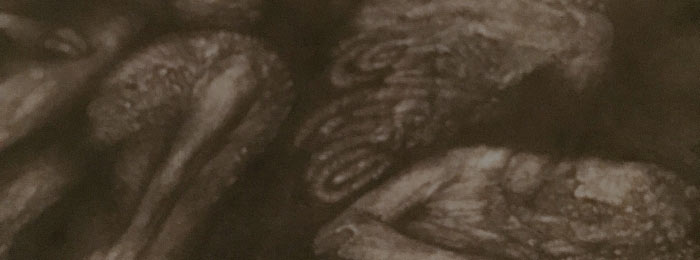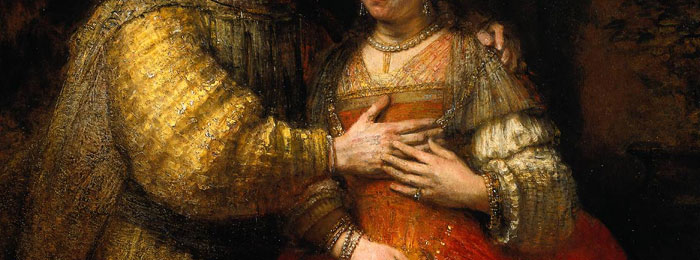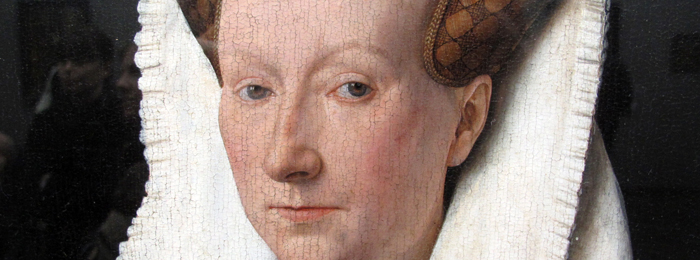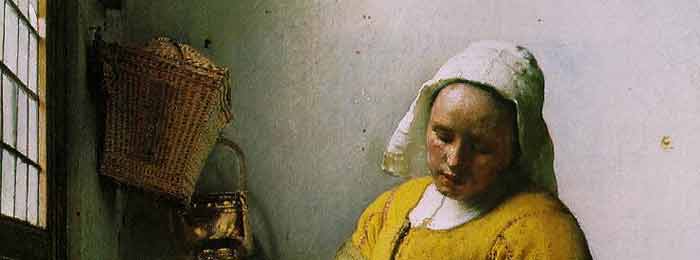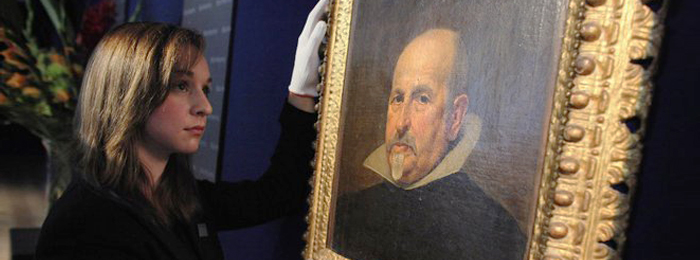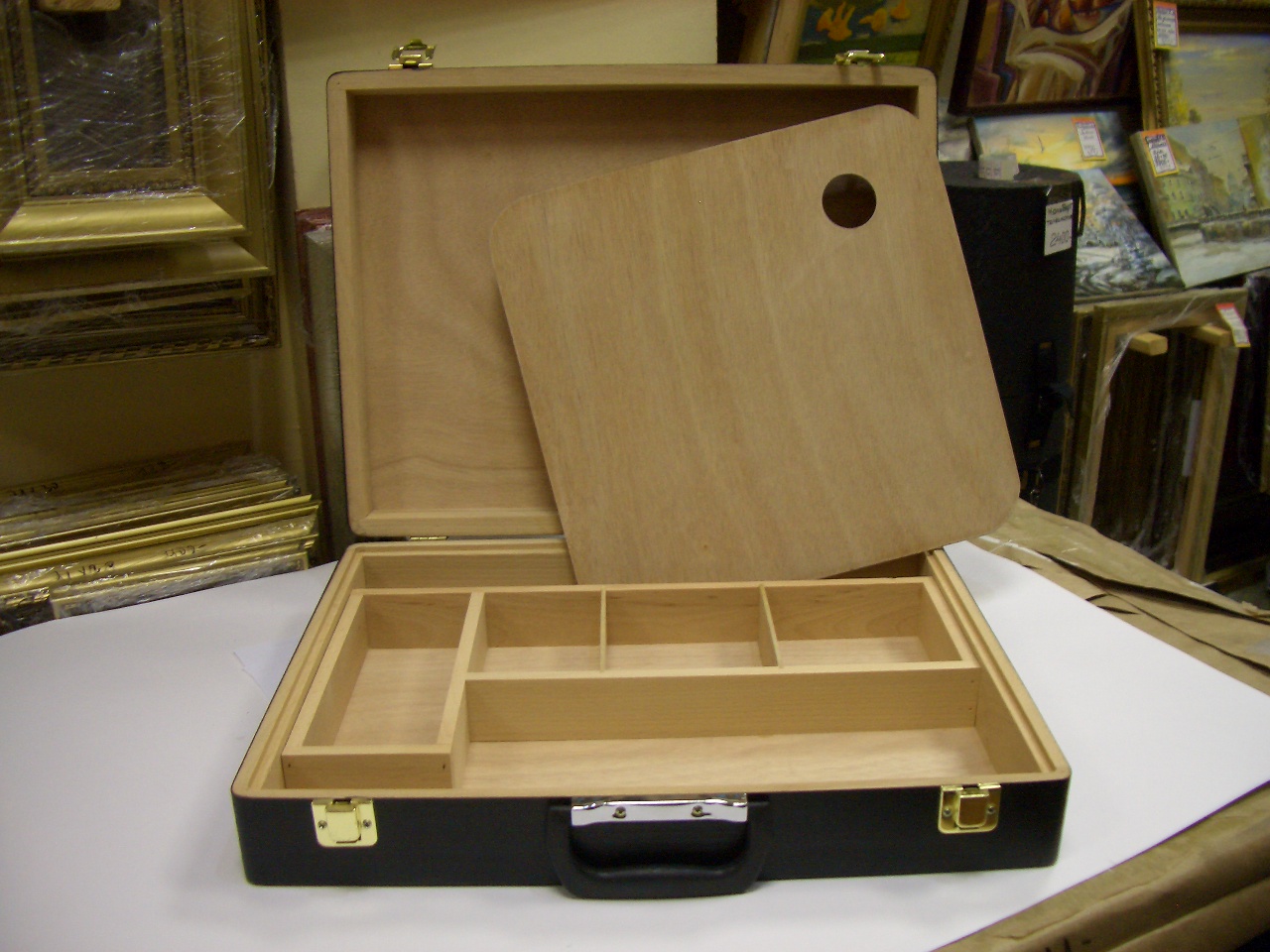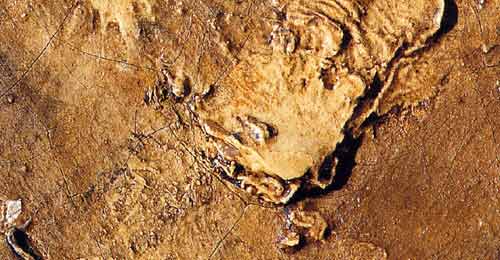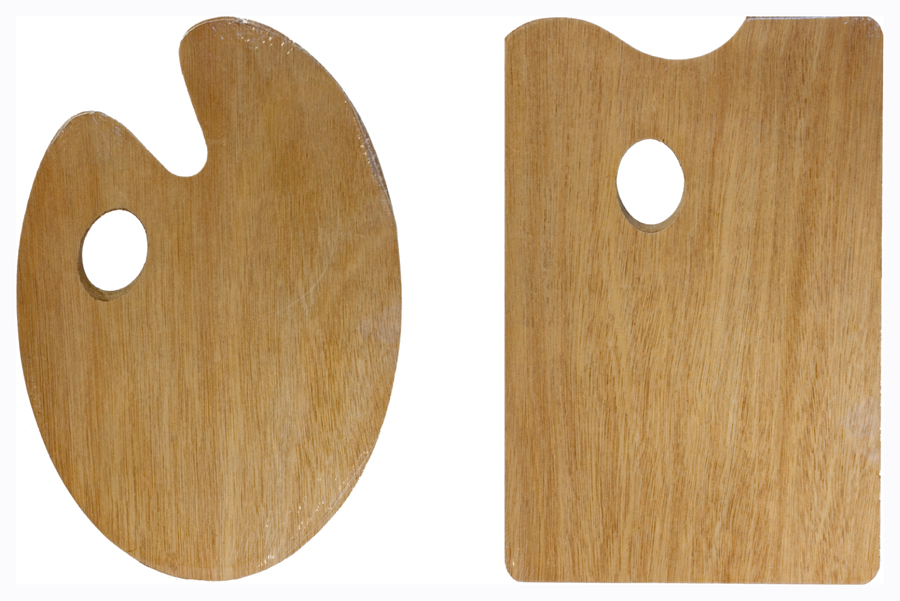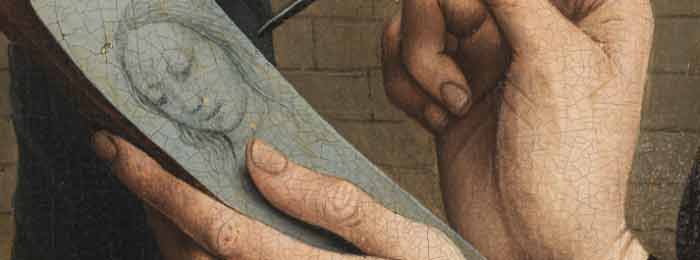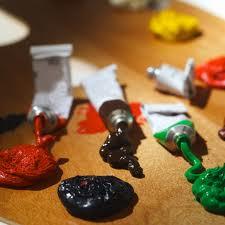On 14 Feb, 2017 With
Feedback from Eric Busch
Art takes 2nd place to work, kids and wife.
I draw every Friday and Saturday evening into the early morning hours.
I’m always trying to learn new techniques through trial and error, things I read, looking at different works of art through different mediums and styles. I think most of my challenges come from time.
I would love to dedicate my life to art, but having small children and a wife and job responsibilities I can only dedicate so much time right now. I would like to learn to draw more realistically. …
Read More
On 31 Aug, 2015 With
Rembrandt, who is thought to have learned from Jacob van Swanenburgh and Pieter Lastmann, no doubt took stylistic cues from the Flemish Technique, the Venetian Technique, and the Direct Painting Technique. When observing his work, one can see that he experimented freely with them, moving between them, but he most certainly employed them all. Over time, as he learned each method, he incorporated aspects from all into a his style—while, of course, adding innovations of his own. Some of his paintings utilize wood as a canvas, as was common with the Flemish Technique, which he appears to have used predominantly in those works. In addition to this, a few of his small studies on wood panels seem to have utilized…
Read More
On 18 Jul, 2015 With
Glazing Painting Techniques So, here I’ll give you way too much information on glazing (or indirect painting). But you can pick out what you need and forget the rest. It’ll be right here if you ever change your mind. Here’s the first rule (yes, in art rules are for breaking, but you have to understand the rule before you can break it most effectively) Fat Over Lean All mediums are fat, all opaque pigments without medium are lean. You want to paint opaquely first, with little or no medium. In subsequent layers you can move to using more medium because the oil will soak through to the first layer. Also, you don’t want the under layer to dry slower than…
Read More
On 18 Jul, 2015 With
Oil paintings techniques: Vermeer’s Palette Johannes Vermeer was a Dutch painter who specialized in domestic interior scenes of middle-class life. Vermeer was a moderately successful provincial genre painter in his lifetime. He seems never to have been particularly wealthy, leaving his wife and children in debt at his death, perhaps because he produced relatively few paintings. One aspect of his meticulous painting technique was Vermeer’s choice of pigments. He is best known for his frequent use of the very expensive ultramarine (The Milkmaid), and also lead-tin-yellow (A Lady Writing a Letter), madder lake (Christ in the House of Martha and Mary), and vermilion. He also painted with ochres, bone black and azurite. The claim that he utilized indian yellow in Woman Holding…
Read More
On 30 Jun, 2015 With
Newly-discovered Velazquez portrait A Trinity College Dublin lecturer has discovered a previously unknown painting by the artist Diego Velazquez. The 300-year-old portrait of a man was thought to belong to a minor 19th century British artist until Dr Peter Cherry identified it as the work of the Spanish master. Velazquez is regarded as one of the greatest painters of all time. There are only 100 known paintings by him worldwide. The painting was offered for sale among other more ordinary works at an auction in Oxford. But the auction house contacted Dr Cherry of Trinity’s Department of Art and Architecture after some details in the painting aroused interest. A former student of Dr Cherry’s worked at the auction house, Bonhams….
Read More
On 28 May, 2013 With
Oil painting lessons and techniques: Materials It remains to speak of those tools which are not essentials, but conveniences, to painting. Even as conveniences, however, they are of importance enough to have an influence on your work. You can paint without them, but you will work more easily for the having of them; and something of the sort, although not necessarily of the same kind, you must have. You may improvise something, in other words, to take the place of these, but you would be wiser to get those which are made for the purpose. The Box.—First, the box for oil paints. You must keep your things together somehow, and it would be as well that you keep them in…
Read More
On 26 May, 2013 With
Oil painting lessons and techniques: PALETTES Cleanliness —The cleanliness of a palette consists in its being always in such a condition that you can handle it without getting dirty; that the mixing-surface will not foul the freshly mixed paint; and that the paint around the edge is always so that you can pick up a fresh, clean brushful. If you try to clean off all your color every day and polish your palette nicely, you will not only take up more time with your palette than you do with your painting, but the fact that some left-over paint may be wasted will make you a little stingy in putting on fresh paint, which is one of the worst habits…
Read More
On 1 Oct, 2012 With
Oil painting materials and techniques: PALETTES The most important qualities in a palette are that it should be large enough, and that it should balance well on the thumb. Whether it is round or square is a slight matter. The oval palette is usually best for the studio because the corners are seldom of use, and add weight. But for sketching, the square palette fits the box best. Get a palette much larger than you think you want. When you get it on your thumb the mixing-surface is much less than there seemed to be before it was set, for all the actual surface is between the row of colors and the thumb. If the palette…
Read More
On 30 Sep, 2012 With
Portrait and Figure Palette White. Cadmium. Chinese Vermilion. Orange Cadmium. Light Red. Yellow Ochre. Rose Madder. Transparent Gold Ochre. Raw Umber. Cobalt. Blue Black. Terre Verte. PREVIOUS PART NEXT PART
Read More
On 27 Sep, 2012 With
Opaque and Transparent Colors.—Some colors have a jelly-like consistency when mixed with oil, others, the earths among them, are dense and opaque. We speak of them respectively as “transparent” and “solid” colors. These qualities, which divide the paints into two classes, have no relation to their permanency. As far as that is concerned you use them in the same way, as some transparent colors are safe and some fugitive; and the same with the opaque colors. The only difference is in the fact that, as a rule, the solid colors are better dryers. But you will notice that while you may mix these colors together as though this difference between them did not exist, in certain processes you use them differently….
Read More


